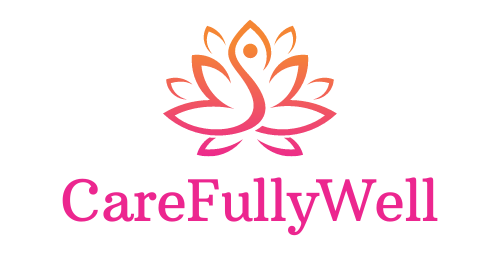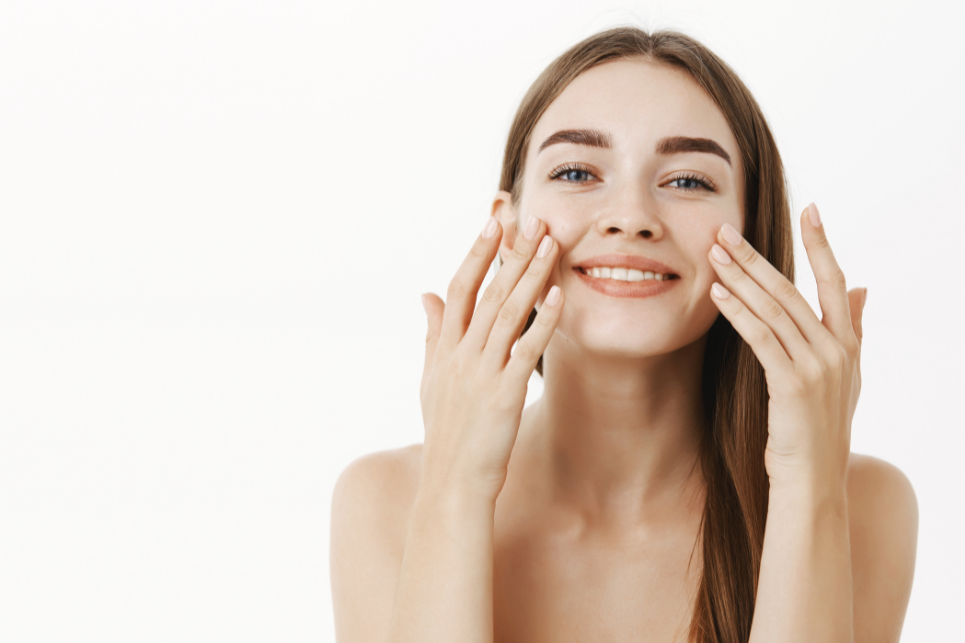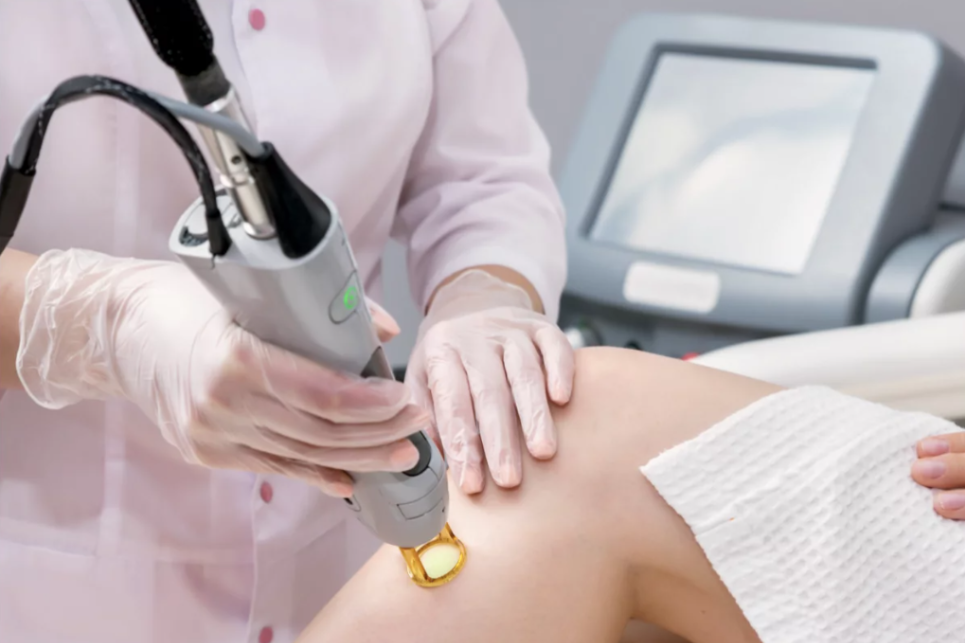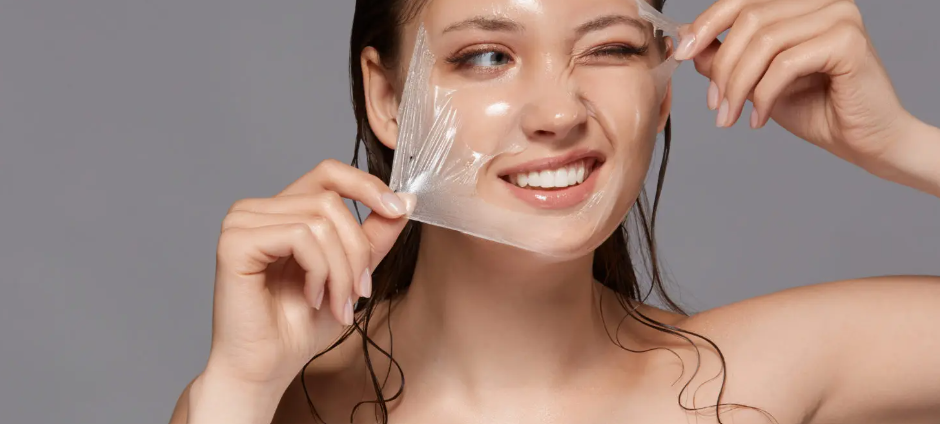Beauty’s Dark Side: Unmasking the 10 Dangerous Ingredients in Your Makeup
The world of cosmetics is captivating, but behind the shimmer and glow lies a darker truth. Many of the products we apply to our faces daily contain hidden dangers that can affect our health and well-being. In this article, we peel back the layers of makeup to reveal the ten most dangerous ingredients lurking in your beauty bag. It’s time to unmask the villains and empower ourselves with knowledge.
1. Parabens: The Silent Invaders
Parabens are common preservatives found in makeup and skincare products. These sneaky compounds can disrupt hormones and have been linked to breast cancer. Opt for paraben-free products to protect your health.
2. Lead: The Toxic Elegance
Yes, lead can be found in some lipsticks. It’s concerning, given that lead exposure can lead to various health issues. Always check for lead-free lipstick options.
3. Phthalates: The Hormone Disruptors
Phthalates are hidden hormone disruptors found in fragrances, nail polish, and more. They can interfere with reproductive health and may be linked to birth defects.
4. Formaldehyde: The Embalming Beauty
Formaldehyde, often disguised as preservatives like quaternium-15, lurks in cosmetics. It’s a known carcinogen and can trigger allergies and skin irritation.
5. Coal Tar: The Dark Secret
Found in some mascaras and eyeliners, coal tar dyes are derived from coal and can contain impurities. They’re linked to cancer and should be avoided.
6. Talc: The Silent Asphyxiant
Talc, a common ingredient in powders and eyeshadows, has raised concerns due to its potential link to ovarian cancer. Opt for talc-free alternatives.
7. Mercury: The Shady Shimmer
Some skin-lightening creams and eyeliners still contain mercury. Mercury exposure can lead to serious health problems, including nerve damage.
8. Mineral Oil: The Cosmetic Dilemma
Mineral oil is used as a moisturizer in some makeup products but can clog pores and lead to skin issues. Consider products with non-comedogenic alternatives.
9. Oxybenzone: The Sunscreen Sidekick
Oxybenzone is often found in sunscreens, but it’s a potential hormone disruptor and has been linked to coral reef damage. Look for safer sun protection options.
10. Fragrance: The Hidden Perfume
The term “fragrance” on ingredient lists can conceal a cocktail of harmful chemicals. These synthetic scents can trigger allergies and skin sensitivities. Choose fragrance-free or naturally scented products.
Conclusion:
Your beauty should enhance, not compromise, your well-being. The next time you reach for your makeup bag, arm yourself with the knowledge of these ten dangerous ingredients. The beauty industry is evolving, offering cleaner and safer alternatives. By making informed choices, you can protect your health while looking and feeling fabulous. Let’s embrace a beauty regimen that’s as pure and radiant as you are.







